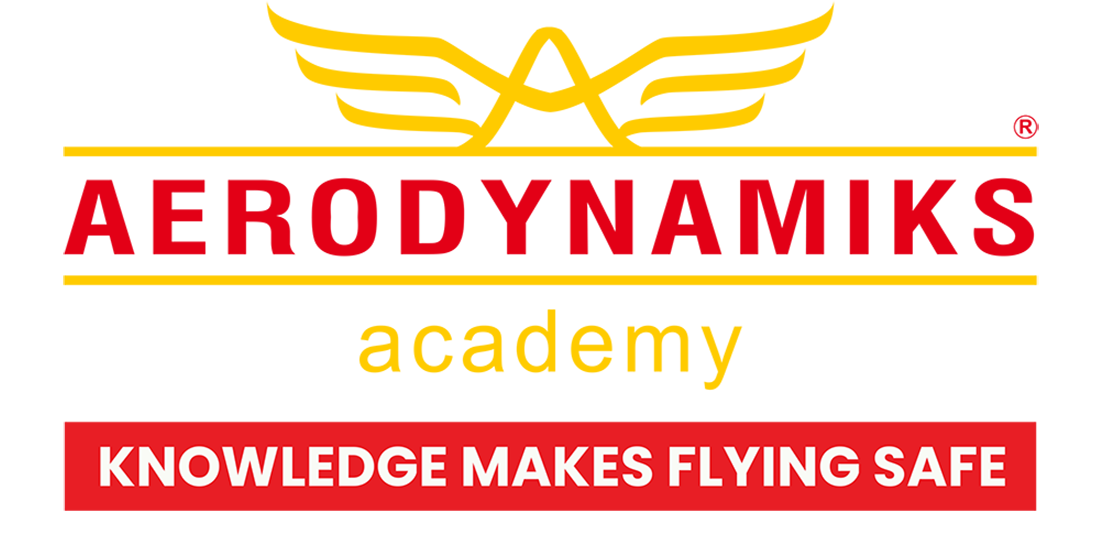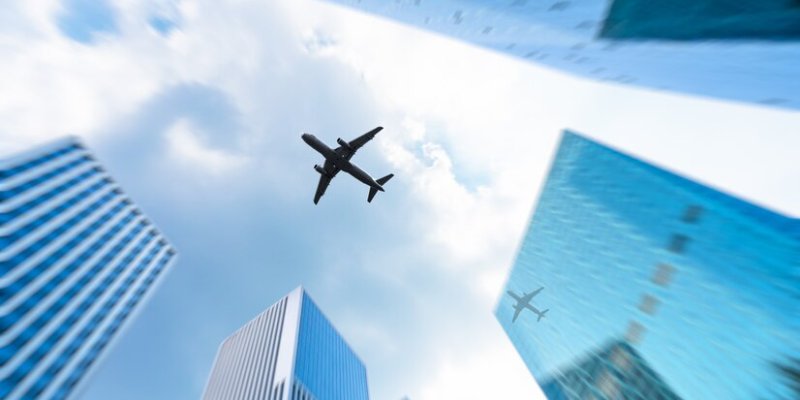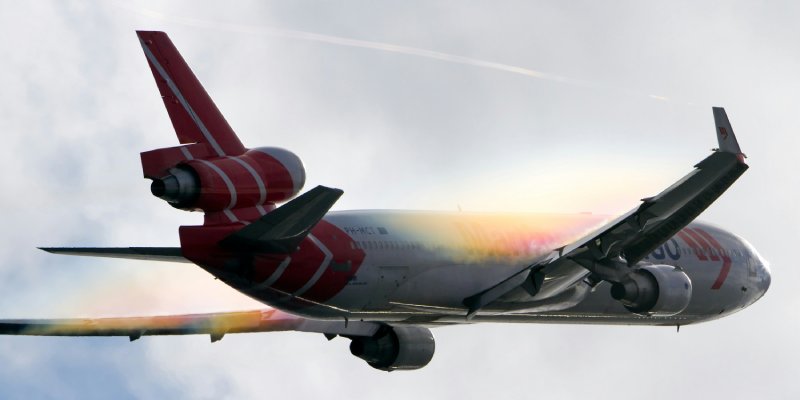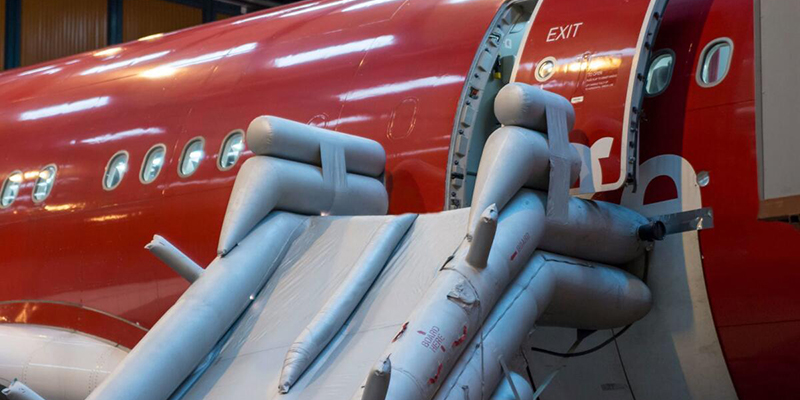Enter Aircraft Leasing!
We all love to fly, but have you ever stopped to think about how airlines get all those amazing aircraft? Buying a brand-new plane is a HUGE investment – think hundreds of millions of dollars! That’s where aircraft leasing comes in. It’s basically like renting a plane instead of buying it outright. This smart strategy helps airlines manage costs, expand their routes, and adapt to changing demands without the massive upfront expense.
But just like there are different ways to rent a car (with or without a driver, with or without fuel), there are two main types of aircraft leasing: wet leasing and dry leasing.
Let’s break them down!
What is Wet Leasing?
Wet Leasing = Aircraft + Everything Else
Imagine you’re going on a road trip and you not only rent a car, but the rental company also provides the driver, the fuel, and takes care of all the maintenance. That’s pretty much what wet leasing is for airlines!
In a wet lease agreement, the lessor (the company owning the aircraft) provides:
- The Aircraft: The physical plane itself.
- The Crew: Pilots, flight attendants, and sometimes even maintenance staff.
- Maintenance: All the upkeep and repairs for the aircraft.
- Insurance: Coverage for the aircraft.
Essentially, the airline leasing the plane (the lessee) just needs to provide the route and the passengers!
When do airlines use wet leasing?
- During peak seasons (like summer holidays)
- When their own aircraft breaks down
- To test new routes without long-term commitment
- During aircraft maintenance periods
What is Dry Leasing?
Dry Leasing = Just the Aircraft
Imagine renting a car, but you’re responsible for driving it, putting fuel in it, and taking it for its oil changes. That’s dry leasing! The airline must provide its own pilots, cabin crew, maintenance, and insurance.
In dry leasing, you only get the aircraft itself:
- ✈️ The aircraft (empty shell)
- ❌ No crew included
- ❌ No maintenance services
- ❌ No insurance
Benefits of Dry Leasing:
- Cost-Effective for Long-Term: Generally cheaper than wet leasing over extended periods because the lessee takes on more responsibility.
- Full Operational Control: The airline has complete control over how the aircraft is used, its scheduling, and its branding.
- Fleet Standardization: Allows airlines to add aircraft that fit seamlessly into their existing fleet and operational procedures.
- Balance Sheet Management: Helps airlines acquire aircraft without the massive capital expenditure of purchasing.
Example: A growing airline wanting to permanently expand its fleet with a new type of aircraft or replace older planes would typically opt for a dry lease. They have their own experienced crew and maintenance teams, making it a more cost-effective long-term solution.
Benefits of Wet Leasing
For the Airline (Lessee):
- Quick Solutions: Get flying within days, not months
- No Extra Hiring: No need to recruit additional pilots or crew
- Reduced Risk: Less operational responsibility
- Flexibility: Easy to return aircraft when not needed
- Cost Predictable: Fixed monthly payments with everything included
For the Leasing Company (Lessor):
- Higher Revenue: Can charge premium rates
- Full Control: Maintains operational standards
- Efficiency: Uses existing crew and maintenance systems
Benefits of Dry Leasing
For the Airline:
- Lower Costs: Generally cheaper than wet leasing
- Brand Control: Use their own crew and service standards
- Long-term Planning: Better for fleet strategy
- Operational Freedom: Complete control over schedules and routes
- Tax Benefits: Can often claim depreciation and other tax advantages
- Lower Risk: Less operational responsibility
- Stable Income: Long-term contracts provide steady revenue
- Asset Focus: Can concentrate on aircraft management
For Leasing Companies:
Key Differences: Wet vs Dry Leasing
| Feature | Wet Leasing | Dry Leasing |
| What's Included? | Aircraft, Crew, Maintenance, Insurance | Only the Aircraft |
| Duration | Typically short-term (days to months) | Typically long-term (years) |
| Cost | Higher monthly cost | Lower monthly cost |
| Crew | Provided by lessor | Provided by airline |
| Control | Limited airline control | Full airline control |
| Setup Time | Very fast (days) | Slower (weeks/months) |
| Flexibility | High flexibility | Less flexibility |
| Best For | Short-term needs, quick expansion, new routes, seasonal demands | Long-term fleet expansion, cost-efficiency, operational control |
Real-World Examples
Dry Leasing Success Stories:
Example 1: Fleet Expansion IndiGo has built its massive fleet primarily through dry leasing. They lease aircraft for 6-8 years, operate them with their own crew, and maintain their consistent service standards across all flights.
Example 2: New Route Testing Vistara dry leases aircraft to test international routes. If the route succeeds, they continue; if not, they can reassign the aircraft to profitable domestic routes.
Wet Leasing Success Stories:
Example 1: Seasonal Demand Air India often wet leases aircraft during peak wedding and festival seasons. Instead of buying expensive aircraft that would sit idle for months, they rent complete packages for 2-3 months, getting immediate capacity without long-term commitment.
Example 2: Emergency Coverage When SpiceJet had aircraft grounded for maintenance, they wet leased aircraft from other operators to continue serving their routes without disappointing passengers.
How Airlines Use and Benefit from Leasing
Airlines worldwide strategically use both wet and dry leasing to their advantage:
- Capacity Management: They can quickly increase or decrease their fleet size based on market demand. For example, during a major sporting event or holiday season, they might wet lease extra planes.
- Route Expansion: Dry leasing allows airlines to acquire aircraft for new, permanent routes without the massive capital outlay.
- Financial Flexibility: Leasing frees up capital that can be invested in other areas, like customer service improvements or new technology.
- Risk Mitigation: It reduces the financial risk associated with owning aircraft, especially in a volatile industry. If a route isn’t profitable, it’s easier to return a leased plane than to sell an owned one.
- Testing New Aircraft Types: Airlines can dry lease a new aircraft type to see how it performs with their operations before committing to a large purchase.
So, the next time you board a flight, remember the fascinating world of aircraft leasing! It’s a crucial part of how airlines keep us soaring through the skies, making travel possible for everyone.






